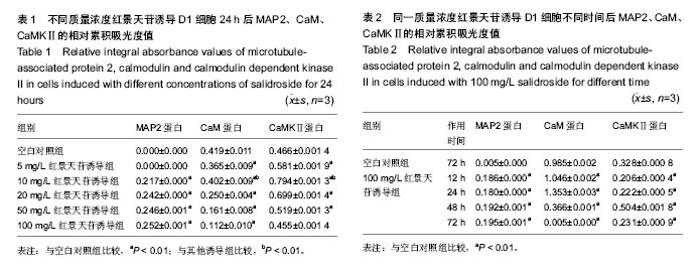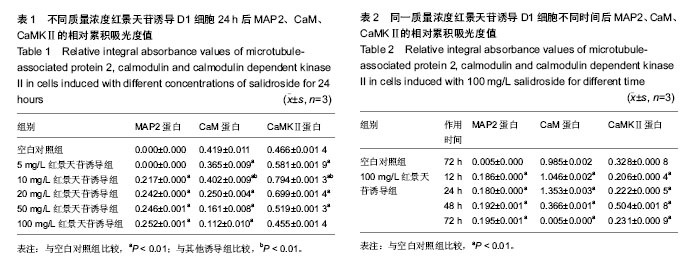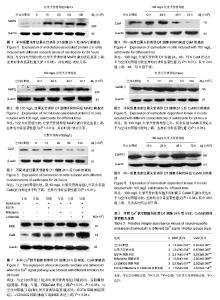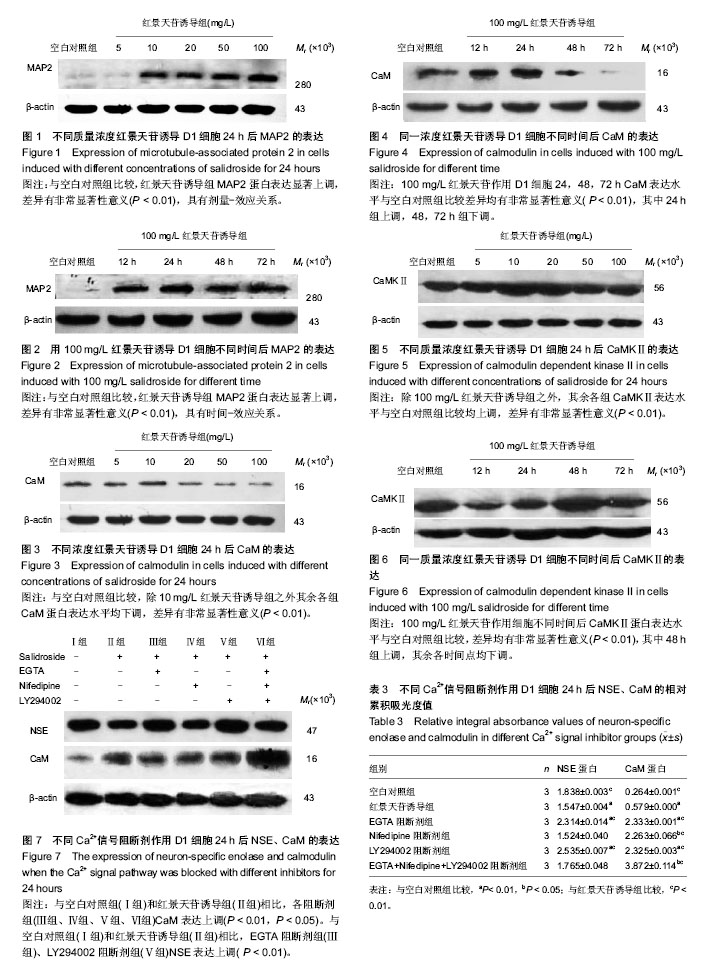| [1] 王新生,崔慧先.骨髓间充质干细胞向神经元样细胞的分化及其在细胞移植中的应用[J].中国组织工程研究与临床康复,2008, 12(3):523-526.
[2] Nöth U, Rackwitz L, Heymer A,et al.Chondrogenic differentiation of human mesenchymal stem cells in collagen type I hydrogels.J Biomed Mater Res A. 2007;83(3):626-635.
[3] Briggs T, Treiser MD, Holmes PF,et al.Osteogenic differentiation of human mesenchymal stem cells on poly(ethylene glycol)-variant biomaterials.J Biomed Mater Res A. 2009;91(4):975-984.
[4] Lin W, Chen X, Wang X,et al.Adult rat bone marrow stromal cells differentiate into Schwann cell-like cells in vitro.In Vitro Cell Dev Biol Anim. 2008;44(1-2):31-40.
[5] Woodbury D, Schwarz EJ, Prockop DJ,et al.Adult rat and human bone marrow stromal cells differentiate into neurons.J Neurosci Res. 2000;61(4):364-370.
[6] 羊明智,彭立军,胡文凯,等.甲钴胺体外诱导大鼠骨髓间充质干细胞向神经元样细胞分化[J].中国组织工程研究,2013,17(32): 5741-5748.
[7] 刘云云,赵兴绪,赵红斌,等. Ca2+信号介导川芎嗪诱导小鼠骨髓间充质干细胞向神经细胞的定向分化[J]. 甘肃农业大学学报, 2010, 45(2):1-5.
[8] 项平,撒亚莲,黄锦桃,等.三七总皂甙诱导MSCs分化为神经元样细胞时胞内钙离子浓度变化的研究[J].中国组织化学与细胞化学杂志,2005, 14(3):241-244.
[9] 王新生,崔慧先,刘华,等.黄芪诱导骨髓间充质干细胞分化进程中细胞内钙离子浓度的动态变化[J ].中国组织工程研究与临床康复, 2007, 11(42):8469-8472.
[10] 裴晶晶,吴润,赵红斌,等.Ca2+信号介导红景天苷促进小鼠骨髓间充质干细胞向神经细胞的定向分化[J].中国组织工程研究与临床康复,2010,14(10):1808-1812.
[11] Xian H, Zhao J, Zheng Y,et al.MADP, a salidroside analog, protects hippocampal neurons from glutamate induced apoptosis.Life Sci. 2014;103(1):34-40.
[12] Wang Y, Wang Y, Dong J,et al.Developmental hypothyroxinaemia and hypothyroidism limit dendritic growth of cerebellar Purkinje cells in rat offspring: involvement of microtubule-associated protein 2 (MAP2) and stathmin. Neuropathol Appl Neurobiol. 2014;40(4):398-415.
[13] Lepski G, Jannes CE, Maciaczyk J,et al. Limited Ca2+ and PKA-pathway dependent neurogenic differentiation of human adult mesenchymal stem cells as compared to fetal neuronal stem cells.Exp Cell Res. 2010;316(2):216-231.
[14] 王新生,李海峰,赵荧,等.黄芪诱导大鼠骨髓间充质干细胞分化早期胞内钙调蛋白mRNA的转录水平[J].中国组织工程研究与临床康复,2009, 13( 23):4495-4499.
[15] Heier MS, Skinningsrud A, Paus E,et al.Increased cerebrospinal fluid levels of nerve cell biomarkers in narcolepsy with cataplexy.Sleep Med. 2014;15(6):614-618.
[16] Chen X, Liu J, Gu X,et al.Salidroside attenuates glutamate-induced apoptotic cell death in primary cultured hippocampal neurons of rats.Brain Res. 2008;1238:189-198.
[17] Fields RD, Lee PR, Cohen JE.Temporal integration of intracellular Ca2+ signaling networks in regulating gene expression by action potentials.Cell Calcium. 2005; 37(5): 433-442. |



